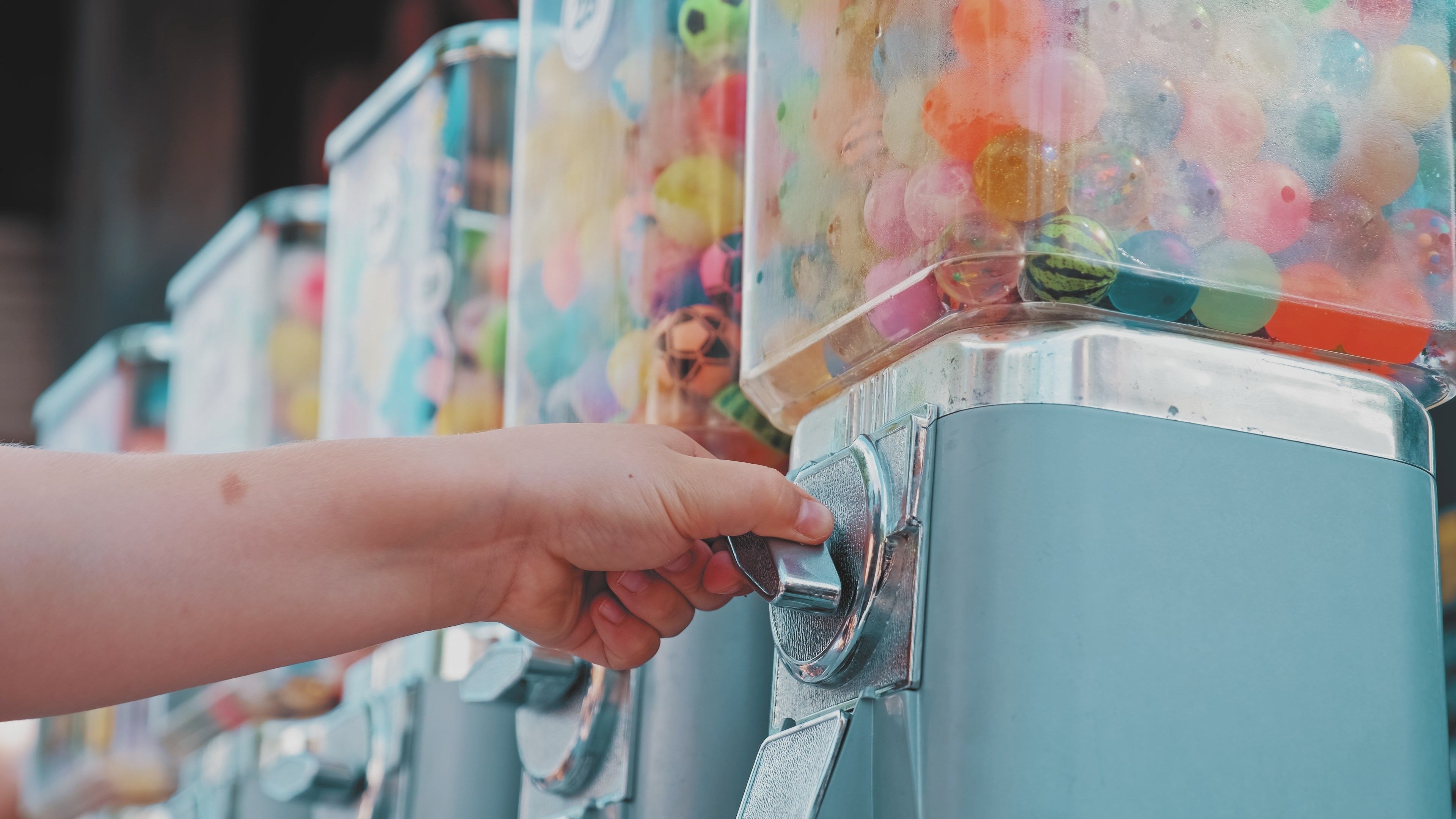
Embark on a whimsical journey the moment you step onto Japanese territory, where the enchanting world of gachapon (ガチャポン) awaits. More than just a toy vending machine, gachapon has woven itself into the very fabric of Japan's unique travel experiences.
Commonly known as gacha, these machines dispense small plastic capsules, each housing an array of miniature treasures. The charm lies in the element of surprise – you never know what delightful trinket fate will present to you. For international visitors, this experience is not just about collecting a souvenir; it's a dive into the heart of Japan's playful spirit.
Here's a fascinating tidbit: Despite Japan's renowned status as the gachapon kingdom, it surprisingly isn't its birthplace! Stay tuned as we unveil the intriguing history of the gachapon phenomenon, revealing secrets that even seasoned travelers might not know.
Origin of Gacha
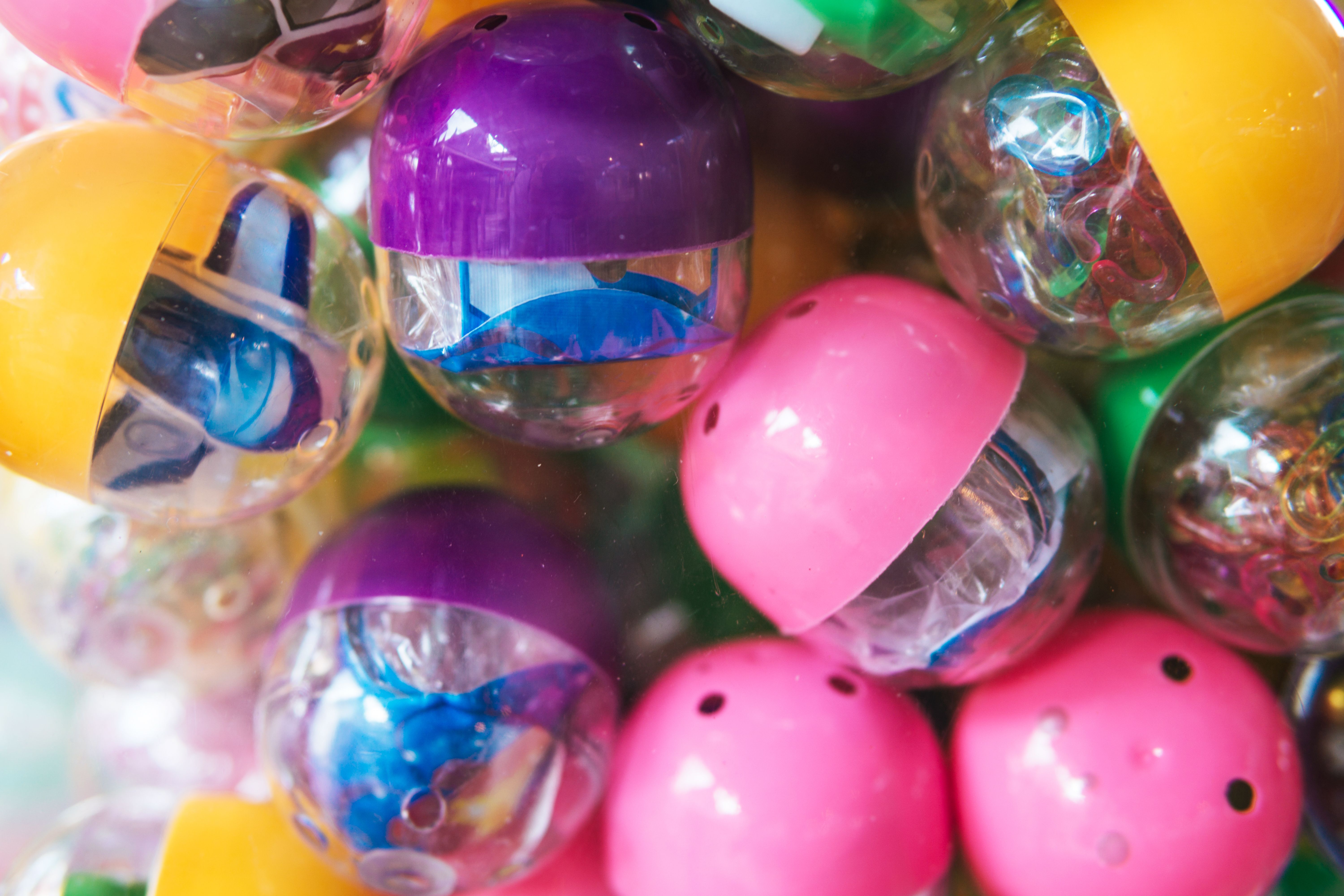
While gachapon is synonymous with Japan, its roots actually lie elsewhere. The precursor to today's gachapon began in the United States during the 1960s with the gumball machine, primarily designed to dispense chewing gum and candies. It's fascinating to consider how this simple concept transformed over time.
When this vending machine concept arrived in Japan in 1965, it underwent a creative evolution. Japanese versions expanded beyond gum and candies to include an assortment of capsule toys. This adaptation marked the birth of what we now recognize as "gacha culture," a phenomenon that has grown exponentially in Japan.
Thus, while Japan has significantly refined and popularized gachapon, the initial inspiration sprang from early Western vending machine culture. This cross-cultural journey highlights how a simple idea can blossom into a beloved global trend.
Japan’s Most Famous Gachapon Company
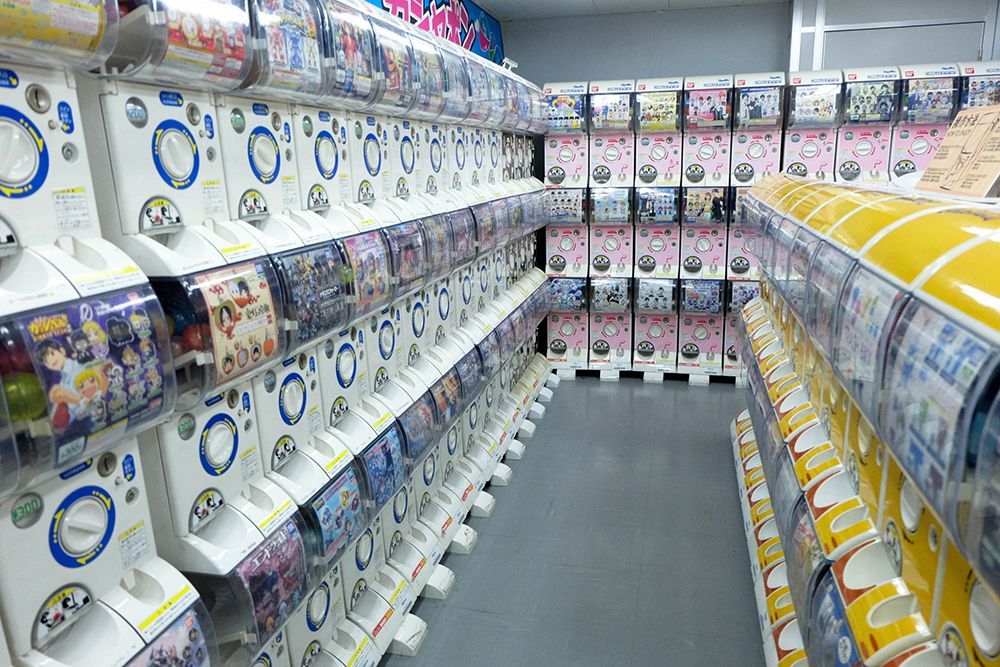
Bandai, a renowned name in the world of gachapon, has played an instrumental role in shaping this unique aspect of Japanese culture.
The company's significant breakthrough came in 1983. Following the success of Muscle Man, a popular manga published in Shueisha's Shounen Jump that later became an animated series, Bandai launched the Muscle Man Eraser series of gachapon. This release captivated countless children and sparked a global fascination, marking the beginning of the gachapon craze. Suddenly, children were as excited about twisting gachapon machines on their way home as they were about playing arcade games.
In Japan, gacha eggs typically range from 200 to 500 yen. The thrill of gachapon lies in its unpredictability – you never know which egg will come out next. With a vast array of themes that cater to both children and adults, gachapon offers endless amusement. Some special editions, particularly limited-edition or uniquely designed gachapon, even become coveted collectibles in the second-hand market, fetching higher prices due to their rarity.
Finding the Best Gachapon Spots: Top Recommendations
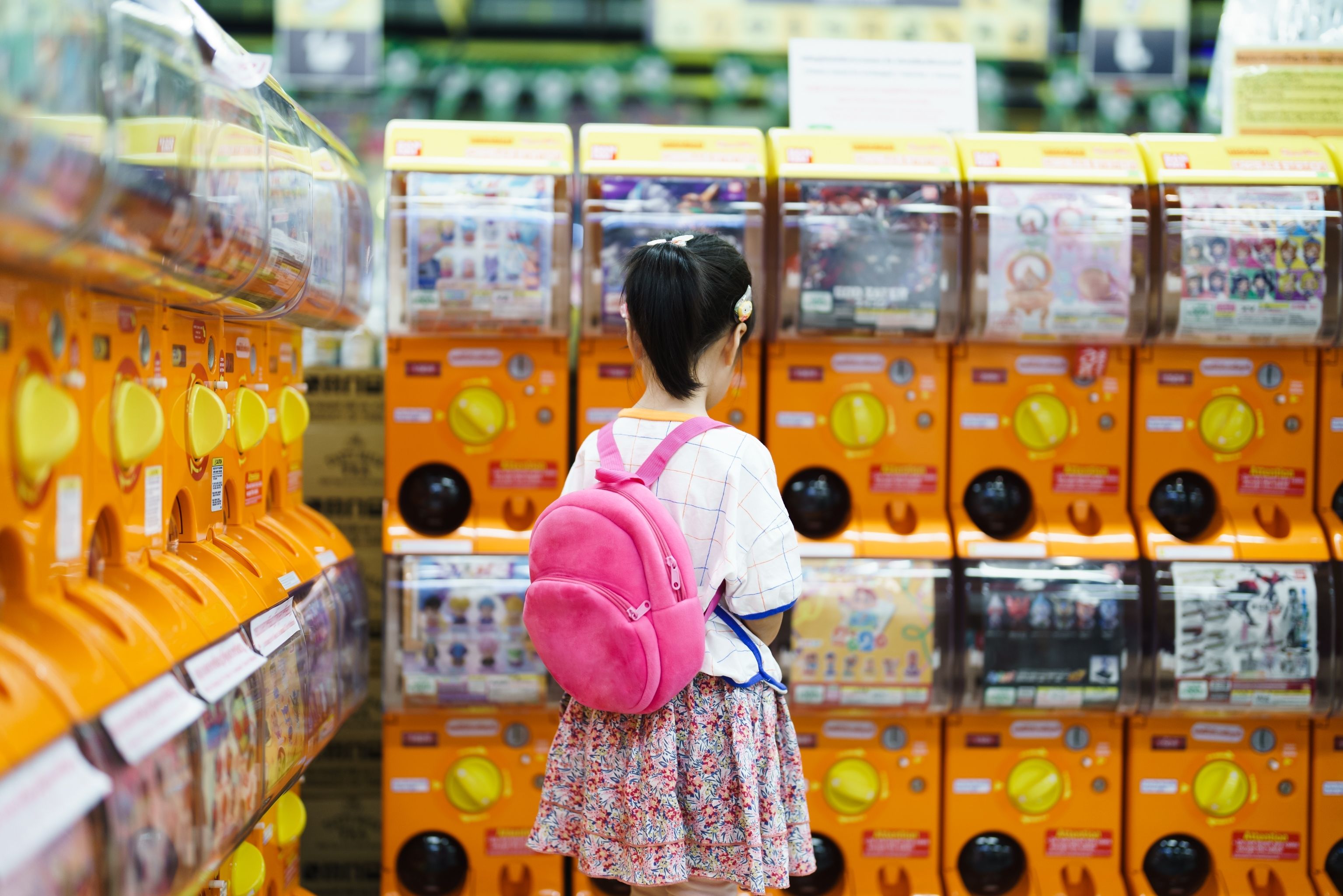
Japan is brimming with gachapon destinations. For travelers seeking the ultimate gachapon adventure, here are four highly recommended spots.
These selected locations boast a diverse range of gacha themes, encompassing everything from anime and movies to games and animals. While exploring, be on the lookout for limited edition and special series gachapon. These rare finds often turn into prized collectibles.
▷ Akihabara:
Akihabara isn't just Tokyo's electric town; it's a mecca for anime enthusiasts and gamers. This vibrant area is a treasure trove of anime, video games, and pop culture. As you stroll through its streets, you'll encounter numerous gachapon machines, offering an endless pursuit of your favorite anime characters and more.
▷ Odaiba:
Odaiba stands at the crossroads of cutting-edge technology and entertainment. Within its bustling shopping and entertainment districts, you'll find a variety of themed shops and attractions, each housing unique gachapon machines waiting for your exploration.
▷ Shinsaibashi:
In the heart of Osaka's Shinsaibashi shopping district, the gachapon machines offer a distinct local flair. Here, you'll find gachapon that reflect the unique culture and style of Osaka, providing a different experience from other regions.
▷ Shinjuku:
Shinjuku, one of Tokyo's major commercial hubs, is filled with shopping malls and entertainment options. The gachapon machines in this area are more than just a shopping experience; they are a miniature representation of the city's bustling urban culture.
In these locations, the joy and surprise of gachapon are palpable. Each small capsule has the potential to be a cherished memory. Dive into the world of gachapon and uncover the immense joy packed into these tiny treasures, making your journey even more distinctive and memorable.
A Melding of Emotion and Culture
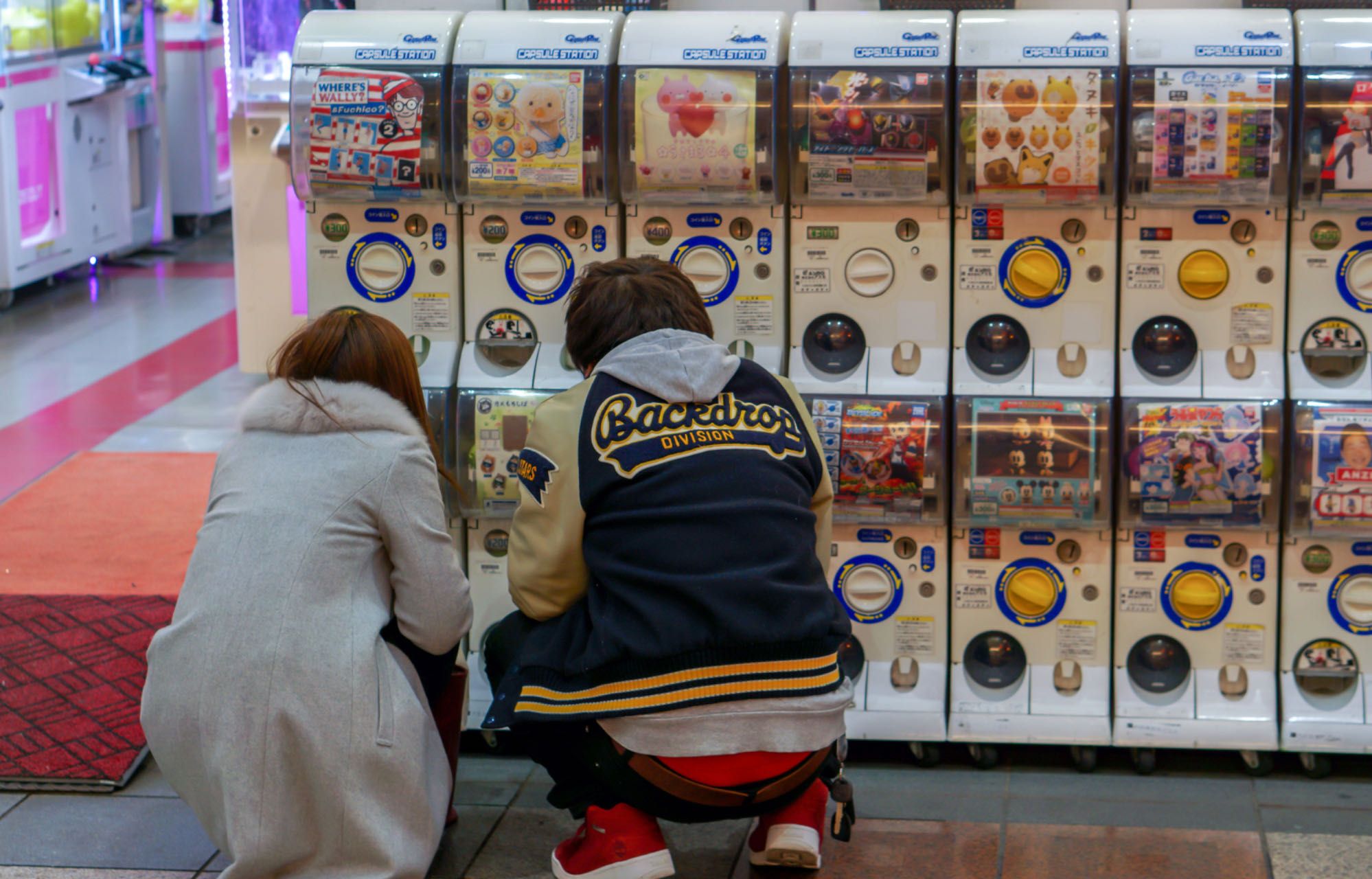
Dotting the streets and alleys of Japan are gachapon machines, which are more than mere dispensers of toys. These machines are a reflection of emotions. From beloved anime characters to adorable animals, and from traditional motifs to modern tech, gachapon machines encapsulate a wide range of themes, transforming a simple act of shopping into the start of an exciting adventure. Each gachapon machine invites you to a moment of decision – to seek out a favorite character or to pursue a unique collection. Every turn of the gachapon knob can lead to intriguing narratives.
Gachapon is deeply rooted in Japanese culture, offering a unique lens into the country's ethos. It intertwines elements of tradition, history, and contemporary pop culture within its tiny capsules. Anime enthusiasts, movie buffs, and tech aficionados alike can find something that resonates with their interests in these machines. Every twist of the gachapon knob is an opportunity to acquire a miniature symbol of Japanese culture, adding to your travel experience.
When you visit Japan, don't miss the chance to turn the knob of a gachapon machine and discover the delightful items inside. Here's to hoping your travels in Japan are enriched with memorable gachapon stories.
Download the Ikidane Nippon App: iOS / Android
Let us know if there is something that needs to be fixed: Feedback Form





